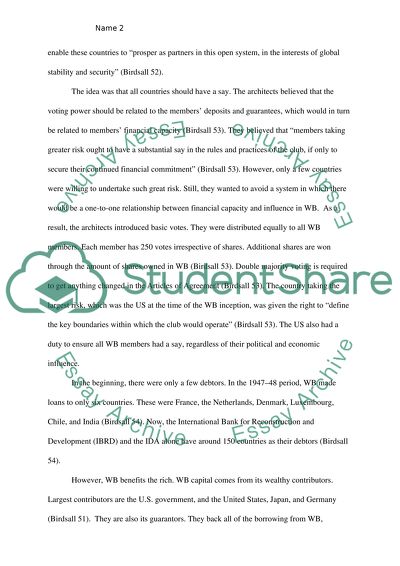Cite this document
(“The World Bank of the Unheard Essay Example | Topics and Well Written Essays - 2250 words”, n.d.)
Retrieved de https://studentshare.org/macro-microeconomics/1449636-what-is-world-bank-and-how-it-works
Retrieved de https://studentshare.org/macro-microeconomics/1449636-what-is-world-bank-and-how-it-works
(The World Bank of the Unheard Essay Example | Topics and Well Written Essays - 2250 Words)
https://studentshare.org/macro-microeconomics/1449636-what-is-world-bank-and-how-it-works.
https://studentshare.org/macro-microeconomics/1449636-what-is-world-bank-and-how-it-works.
“The World Bank of the Unheard Essay Example | Topics and Well Written Essays - 2250 Words”, n.d. https://studentshare.org/macro-microeconomics/1449636-what-is-world-bank-and-how-it-works.


